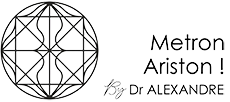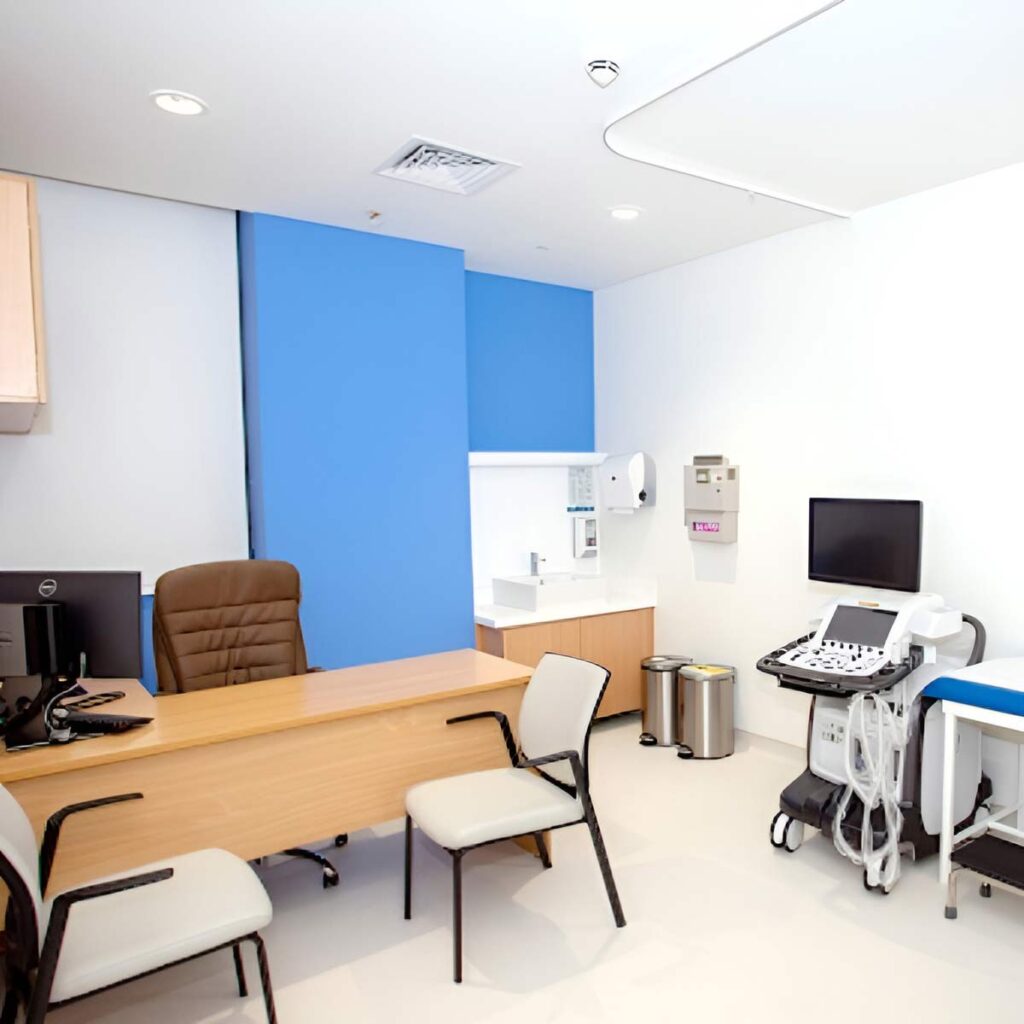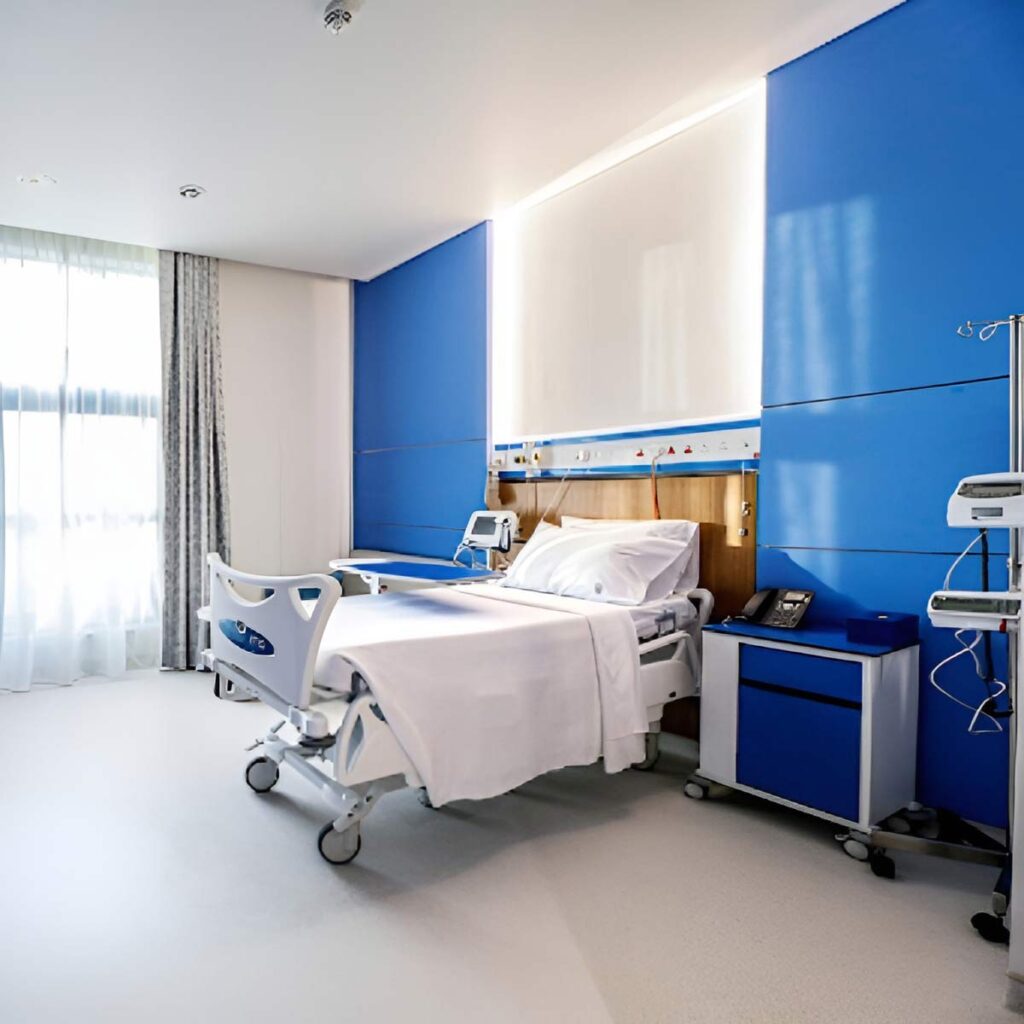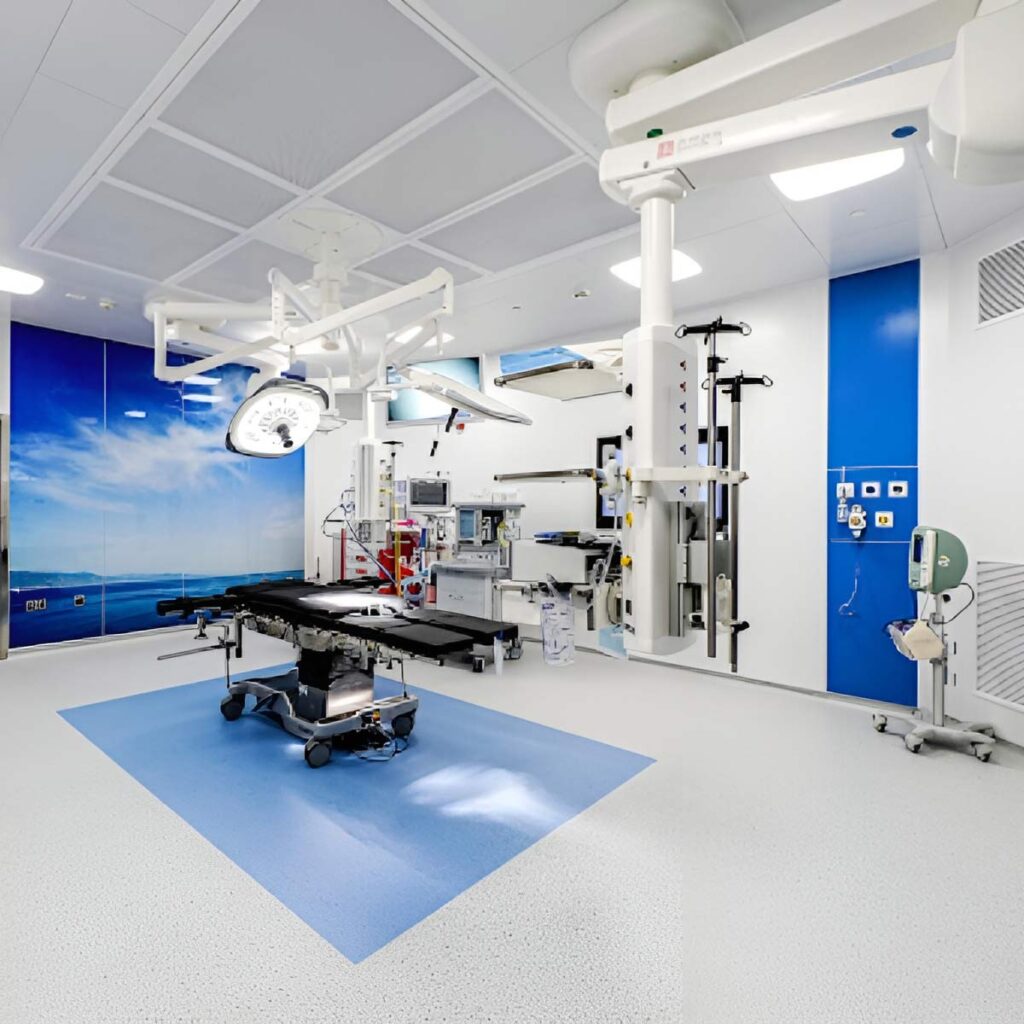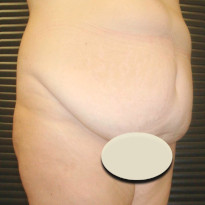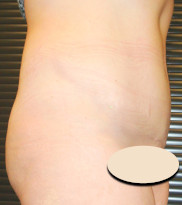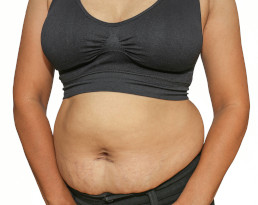What Is Abdominoplasty?
Abdominoplasty, commonly known as a “tummy tuck,” is a major plastic surgery procedure involving removing excess skin and fat from the middle and lower abdomen and tightening the muscles of the abdominal wall to reshape body contour. Abdominoplasty is one of the most commonly performed aesthetic procedures, as it can positively impact self-concept and enhance self-confidence.
The most common causes of excess skin and fat in the abdomen are associated with pregnancy, ageing, significant fluctuations in weight, heredity and/or prior surgery. There are different types of abdominoplasty, depending on the individual’s case. The following parameters will influence the surgeon’s final decision: skin quality, amount of fat tissue, abdominal muscle tonicity and the overall patient’s morphology.
Book A Free Consultation
Dr. Alexandre Dionys M.d., Ph.d.
Book A Free Consultation
Before the operation
A preoperative check-up is made according to the surgeon’s recommendations. The anesthesiologist will be seen in consultation, at latest, 48 hours prior to surgery.
No medication containing aspirin will be taken for 10 days before surgery.
Hospital stay and type of anesthesia
Type of anesthesia: Abdominoplasty is usually performed under general anesthesia. The patient is asleep throughout the entire operation.
Hospital stay: The duration of hospital stay is usually 1 to 2 days.
Hospital Facilities
Our state of the art facilities are designed for premium plastic surgery services, making use of advanced technologies and enabling the application of innovative techniques.
Our patients benefit from the latest advancements in aesthetic surgery procedures, which ensure minimal downtime and optimal results.
Our facilities are equipped with cutting edge technologies and provide a comforting environment, focusing on delivering not just transformative plastic surgery solutions but also a superior patient experience. The dedicated staff, from the doctors to support personnel, is committed to maintaining the highest standards of patient care, making Dr. Alexandre a top choice for high-quality plastic surgery services in a sophisticated setting.
The Procedure
The standard abdominoplasty removes a large amount of redundant tissue (skin and fat) from the middle and lower abdominal wall, between the belly button (umbilicus) and the pubic region. The skin from the upper middle part of the abdomen is then re-draped downwards in order to replace the removed skin. The belly button is preserved and put in its normal position through a hole cut and contoured in the newly draped skin.
Techniques are adapted to each individual case, in order to obtain the best possible results. However, there are common principles:
The position of the skin incisions, which will correspond to the future scars, depends on the amount of skin to be removed. The more skin there is to remove, the longer the remaining scars. The excessive fat is aspirated with liposuction and the stretched abdominal wall muscles are tightened. Depending on the extent of fat and skin tissue necessary to remove, the operation normally ranges from 2 to 3 hours.
After the operation
For the first few days, your abdomen will probably be swollen and you’re likely to feel some pain and discomfort which can be controlled by medication. It is recommended to wear a compressive garment for 4 to 6 weeks. You should also refrain from work for about 1-2 weeks.
Your will be given instructions for showering and changing your dressings. And though you may not be able to stand straight at first, you should start walking as soon as possible. Sutures will be removed in 7-10 days.
The scars are often red during the first 2 or 3 months and progressively become paler starting from the third month onwards, during a period of 1 to 3 years. The scars should be protected from sunlight and UV for at least 3 months. Sporting activities can be progressively started after 6 weeks.
The result
Concerning scars, you should know that they do fade away with time but never completely disappear. You should also bear in mind that scarring is a patient-related process.
The result can be best appreciated six months one year after the procedure: During this period, it is recommended to be patient while scars slowly fade and collaborate with the surgeon for a regular follow-up consultation every 3 months during the first year.
Abdominoplasty offers an amazingly noticeable aesthetic improvement. It enhances the patient’s comfort, quality of life and self-confidence, thus helping him or her to reach for a better weight-control.
Alternatives to Abdominoplasty – A Mini Tummy Tuck
Some individuals have fullness confined to the area below their belly button, rather than the entire abdomen. In this situation, a mini tummy tuck can often provide very pleasing results. In a mini tummy tuck or mini abdominoplasty, skin and fat are removed from this area in the lower part of the abdomen. The muscles beneath the skin are usually tightened to provide a tighter overall contour from within.
When compared with a standard or full tummy tuck, a mini tummy tuck has a shorter incision and shorter recovery time. The belly button does not have to be moved during a mini tummy tuck, though its appearance is often improved because the skin below it is pulled and this can work to make the belly button look better. The procedure is specific in the effects in can provide, and these are generally at the lower abdomen and to some extent the waist. During your consultation, your plastic surgeon will evaluate your current situation and goals and advise you which type of tummy tuck – the full or the mini – will create the best results for you.

